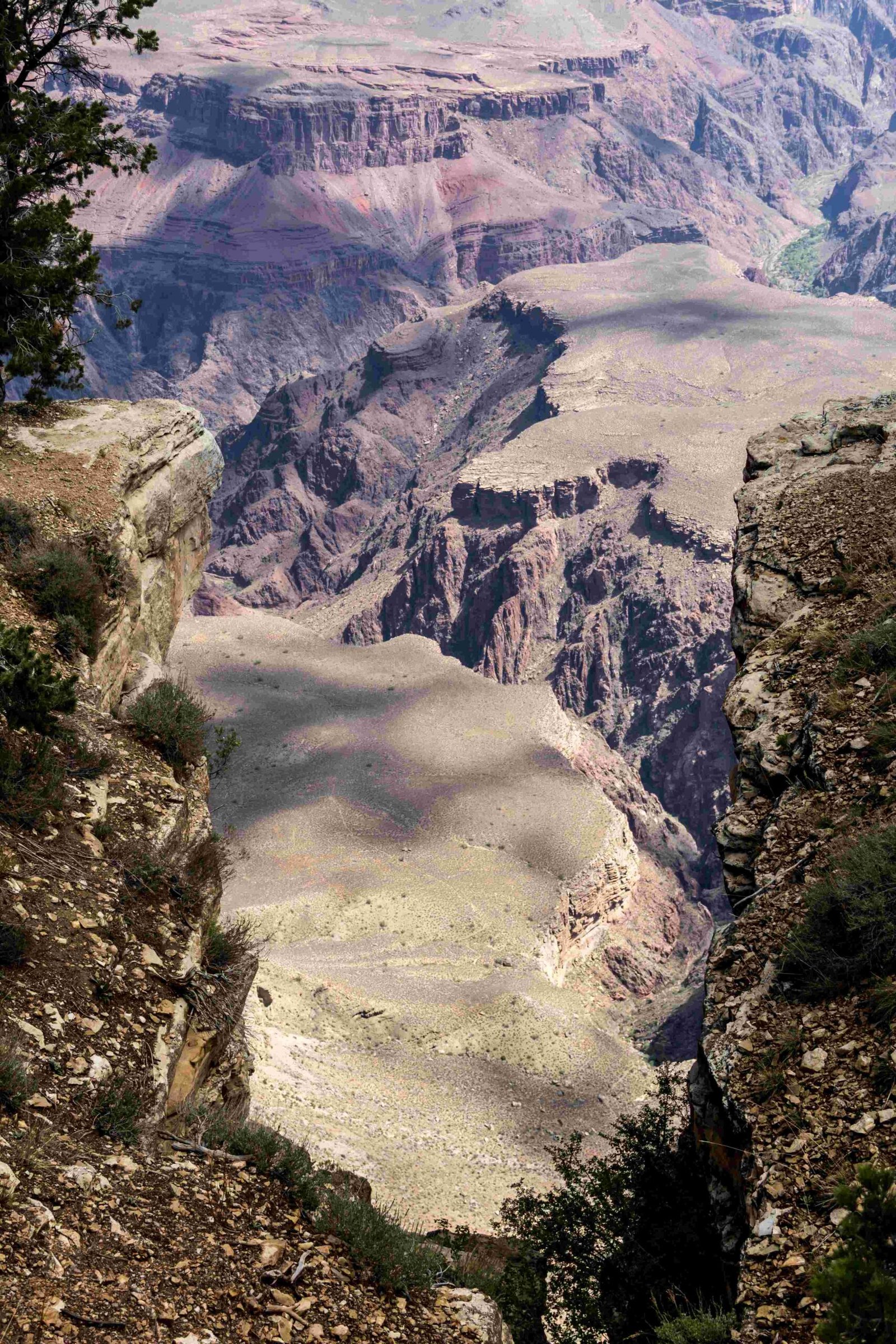Hance Rapid represents one of the most formidable and technically challenging whitewater experiences in the Grand Canyon, located at mile 77.1 of the Colorado River. This extraordinary rapid, formed by a dramatic debris flow from Red Canyon, challenges even experienced river runners with its complex navigation, massive boulder obstacles, and powerful currents that demand precise maneuvering and expert skills.
What Makes Hance Rapid Unique?

Geological Formation and Characteristics
Hance Rapid emerges from a fascinating geological context, created by a significant debris flow that dramatically reshapes the river’s landscape. Key characteristics include:
- Location: Mile 77.1 of Colorado River
- Classification: Class 7-8 rapid
- Formation: Debris flow from Red Canyon
- Primary Challenge: Complex navigation through boulder-choked channels
Technical Navigation Challenges
Navigating Hance Rapid requires exceptional skill and strategic planning. Recommended approaches include:
- Enter from the right side
- Row aggressively toward the left
- Target the “Duck Pond Eddy” in the river’s center
- Avoid massive holes known as “The Land of Giants”
Water Flow and Seasonal Variations
| Water Flow Condition | Cubic Feet per Second (CFS) | Difficulty Level |
|---|---|---|
| Low Water | 10,000 – 20,000 | Moderate |
| Medium Water | 20,000 – 30,000 | High |
| High Water | 30,000+ | Extreme |
What Equipment Do Rafters Need?

Essential gear for successfully navigating Hance Rapid includes:
- High-quality whitewater rafts
- Professional-grade safety equipment
- Helmets and personal flotation devices
- Specialized river navigation tools
- Emergency communication devices
- First aid kits
How Difficult is Hance Rapid?
Hance Rapid presents multiple challenges that make it one of the most demanding sections in the Grand Canyon:
- Technical Complexity: Requires precise boat handling
- Geological Obstacles: Large boulders and unpredictable currents
- Limited Margin for Error: Mistakes can lead to dangerous situations
- Continuous Turbulence: Sustained challenging water conditions
Safety Recommendations
- Always scout the rapid before attempting
- Travel with experienced river guides
- Understand emergency rescue procedures
- Check current water conditions
- Obtain necessary permits from Grand Canyon National Park
What Are Nearby Rapids?
Hance Rapid is part of a series of challenging rapids in the region:
- Son of Hance Rapid (immediately downstream)
- Sockdolager Rapid (mile 79.1)
- Grapevine Rapid (mile 82.1)
- Horn Creek Rapid (mile 90.8)
- Crystal Rapid (mile 98.2)
Permit and Access Information
- Permits: Required from Grand Canyon National Park
- Access: Typically via organized river trips
- Competitive Nature: Limited permits available annually
- Recommended: Book through licensed outfitters
Expert Tips
- Practice advanced whitewater techniques
- Understand river reading skills
- Maintain physical fitness
- Study rapid dynamics
- Invest in professional training
Conclusion
Hance Rapid represents the pinnacle of whitewater challenge in the Grand Canyon, offering an unparalleled experience for skilled river runners. Its complex navigation, stunning geological features, and demanding conditions make it a bucket-list destination for adventure enthusiasts.

